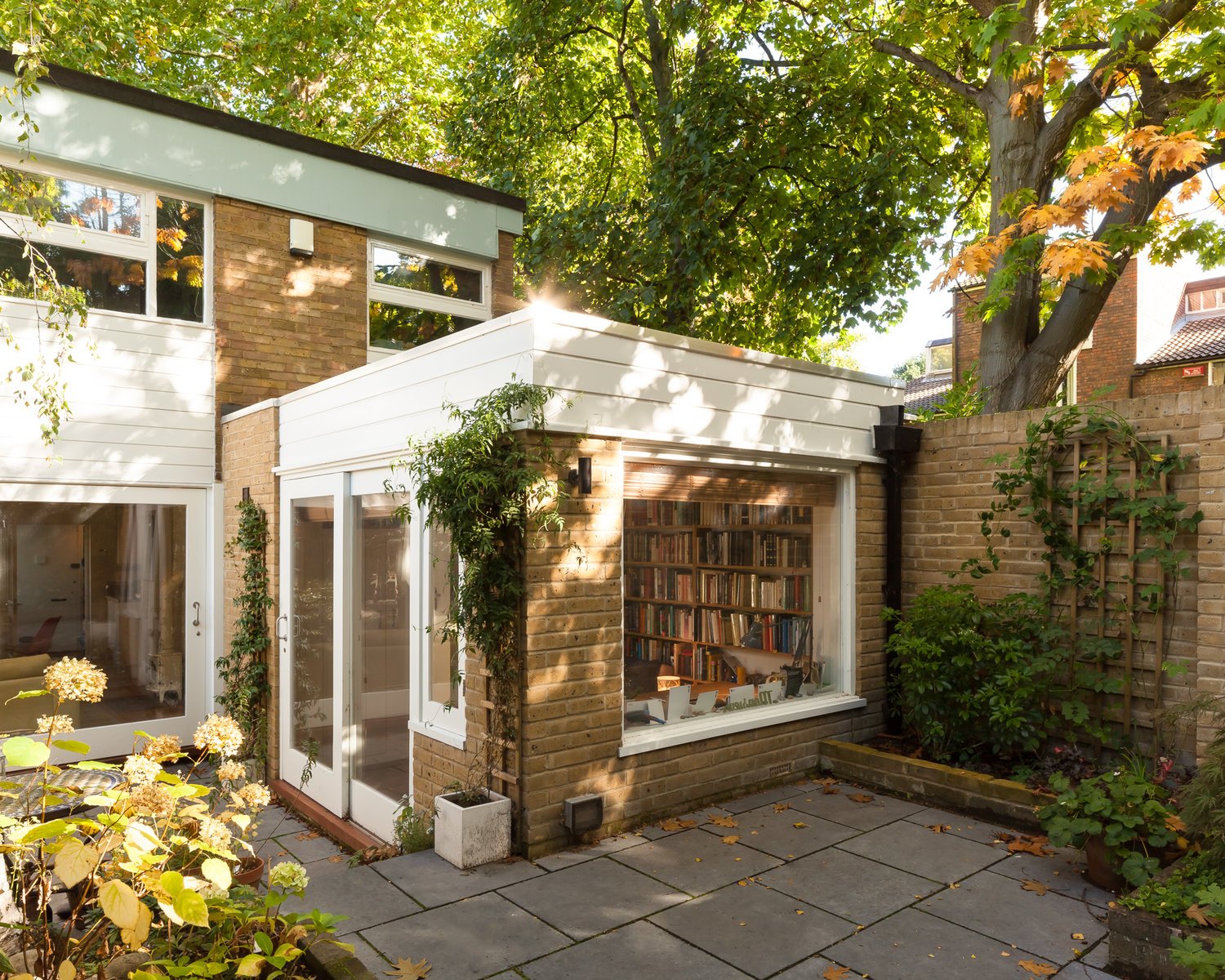Design and Sustainability
Our approach to design seeks to capture the spirit of the place and its surrounding context whilst tailoring performance, programme and aesthetics to meet the specific requirements and personality of the client.
Our approach
JTA firmly believe that good design transcends style or taste and we are proud of our eclectic approach. We provide services at all RIBA work stages including pre-purchase feasibility studies and site surveys through to construction detailing and contract administration. We also provide services for interior design.
We take a holistic approach to sustainable design and always look to incorporate green principles from the inception of the design process. However, green construction, especially on smaller projects, will inevitably add significant cost, and therefore the drive for a truly sustainable building must come from the client’s brief and agenda.
When working with existing buildings, JTA offers sustainability performance audits to identify areas where improvements could be made to reduce the impact of buildings on the environment whilst making them work better for the people they serve. Each audit allows us to produce a report detailing an overall masterplan for the improvement of the building. This highlights suitable one-off isolated interventions as well as longer term considerations which could be incorporated into future refurbishment projects.
Sustainability Considerations
The orientation of a building is the most important element to work to when designing or redesigning a space to live in. South-westerly gardens enjoy good light and fenestration must be arranged to avoid or make best use of solar gain whilst impacts of overshadowing or overlooking neighbours must be kept to a minimum.
During the design process we will consider where the energy for a building comes from and by what means it is supplied. Grants and financial incentives are available for the adoption of some renewable energy and hybrid systems and we are able to assess the suitability of these for your project.
As with any building, the home should be designed to allow for maximised recycling of waste and be linked to sustainable means of transport
Sustainable building fabric
The quality of the building fabric is hugely important when considering energy efficiency so specifying the right insulation for your floors, walls and roof is vital. As well as varying drastically in terms of performance, different types of insulation contain various levels of toxicity and so natural materials should be favoured over noxious ones when considering the impact of the building on the environment.
Greater quality windows and doors help the performance of the building in terms of its acoustics, thermal comfort and air tightness.
Continued performance
Maintaining good air quality is key to providing a healthy living space, free from damp, mould and uncomfortable draughts. In some instances it is best to incorporate a building fabric which allows the building to 'breathe' whereas at other times it is more appropriate to seal your home and introduce mechanical ventilation heat recovery systems (as in Passivhaus design).
Where possible rainwater should be harvested and ‘grey’ water supplied in areas the don’t require a potable supply. Sustainable drainage systems reduce the risk of water pooling over hard landscaped areas and can be incorporated into attractive planting.
Doing our part
At Jo Townshend Architects, we take great pride in being part of a wider group of architects dedicated to sustainable design and environmental stewardship. We proudly signed the 'Architects Declare' pledge, joining forces with like-minded professionals to address the urgent challenges of climate change and biodiversity loss. Additionally, we are affiliated with the Green Register
Broad leaf deciduous trees provide a good amount of shading during the summer yet don’t obstruct the much needed light during winter months. Garden planting should always look to incorporate a good mix of native species to support local wildlife.
There is potential for wastage at heat sources, light fittings and water outlets so choosing appropriate products with in-line timers or aerators can really make a difference in reducing finite resources.






